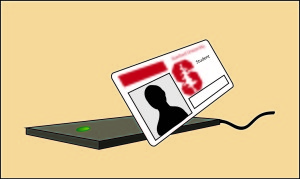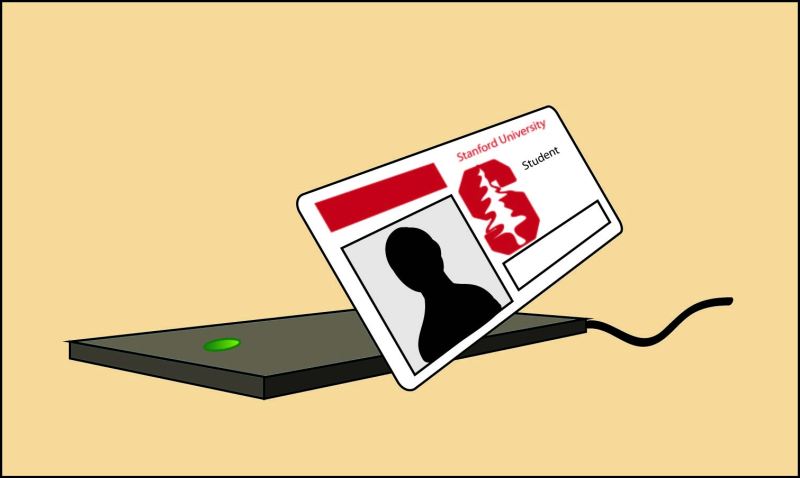Starting next quarter, residents of the Row will begin using ID card readers instead of house keys to unlock their front doors. Installation of locks and alarm systems will begin in September and is expected to continue into the academic year.
Once card readers are installed at Row houses, residents will enter houses with their Stanford IDs instead of keys. According to Rodger Whitney, executive director of Student Housing, participants in courses held at Row houses, eating associates and other authorized visitors can be programmed into the system for meals or classes without checking out another key or having a resident open the door.
“The [building access system] allows a great deal of flexibility in terms of access for residents and guests,” Whitney told The Daily in an email.

Row houses don’t appear convinced, and the project has garnered many complaints from students living on the Row. Less than a day after the news was sent to the more than 300 co-op residents of the Row, students were already writing back to Co-op Living Peer Advisor Steven Crane ’11 with strong opinions about the project.
“One student thought this might be a good thing,” but the rest of the student email reactions “ranged from the concerned to the adamantly opposed to the profanely enraged,” Crane said.
The decision to update house entry on the Row is part of a much larger, University-wide plan to reform building access. The project proposes that all residential and academic facilities will have alarm systems installed. Discussion of the project began in 2006, and Student Housing is currently in the process of adding card readers to all undergraduate residences.
According to the initial proposal, updating the Row’s security was slated for later in the multi-year, University-wide project. However, following an analysis of public safety that showed the majority of campus thefts and break-ins occurred on the Row, plans there were prioritized. Row houses are located on the outskirts of campus and often have fire escapes that allow easy entry. Implementing alarm systems to monitor building access is intended to help prevent theft, break-ins and unwelcome visitors.
“The use of door alarms has enabled a higher security level for residents,” Whitney said. “Doors are no longer accidentally or intentionally left open, which means that individuals who do not belong in a residence are precluded or have a much harder time gaining access.”
While many students thought that alarm systems will give Row houses an impersonal feel, the main source of student discontent is not the implementation of door alarms but the lack of student input in the decision, according to Crane.
“[Housing] make[s] [their decisions] in their own best interests, and the interests of the students that are impacted by this policy are an afterthought, an aspect of implementation,” Crane said. “We are not asked about these things from the start.”
However, according to Whitney, Student Housing has made sure to communicate with students living in residences that have previously undergone the implementation of card readers.
“Students have played a major role in all of Student Housing’s card access projects since the beginning,” he said. “Resident fellows and students have been surveyed as part of the decision-making and implementation processes. We have also maintained communication with the residents of each house as the installations have progressed.”
Both Whitney and Crane agree that a thorough discussion should take place during the implementation of the program on the Row.
“It is my understanding, and hope, that decisions that affect the daily life of thousands of students [are] ones that [happen] with transparency, with explanation and with copious student input,” Crane said.
